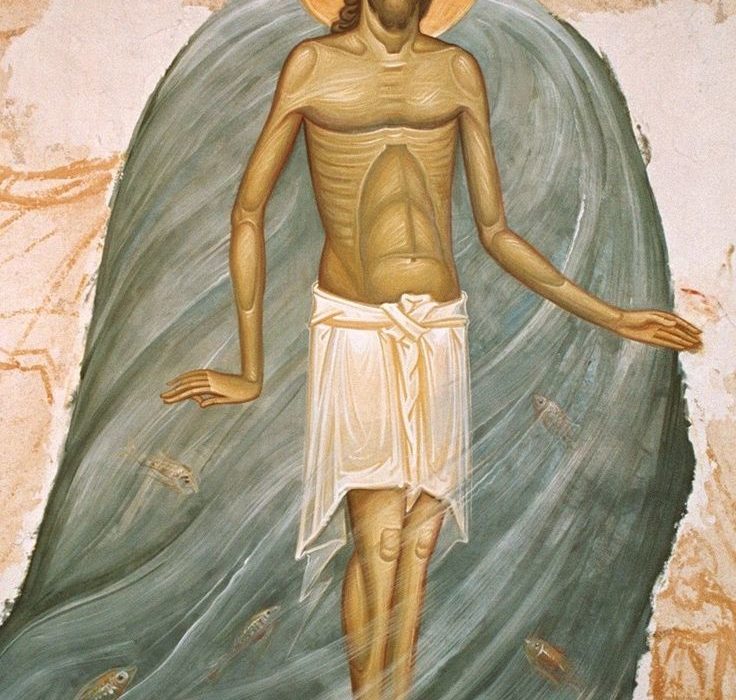Sanctified and Instituted All Waters
The Feast of the Baptism of Our Lord is celebrated in the month of January. Yet, often we do not observe it. Why?
Well, the sad fact is that this great feast, which commemorates the official beginning of Christ’s ministry in the created world, doesn’t have a set day of its own. Sometimes it overlaps with the Feast of the Epiphany, which forces every pastor to ask ‘What will we celebrate, the Baptism of Our Lord, or Epiphany?’ Usually Epiphany wins. After all, the season that follows Christmas is named after that day, not after Our Lord’s baptism.
In some traditions, in order to avoid this overlap, they place the feast day of the Baptism of Our Lord on a week day close to the Feast of Epiphany, something like January 8th, or 9th, landing the Baptism of Our Lord on a Monday or Tuesday. Sadly, outside of Lent and Advent, it is not the custom of most Christians in the West to attend high holy liturgies in the middle of the week. In fact, it is questionable if they could even get out of work early to arrive on time.
This makes the Feast of the Baptism of Our Lord somewhat of a ‘forgotten feast day’ since it is rarely observed. But to our great felicity, we have a newsletter! This means that we can at least come to a small understanding of its significance even if we do not have the usual processions and chanting and communion that would or should otherwise accompany this festive occasion. So what is it all about?
Jesus is baptized in the Jordan River. John the Baptist, a cousin of Jesus, attempts to prevent the Lord from being baptized, but to no avail. Jesus is dipped into the waters, arises out of them, and the sky is torn open, and the Father declares, ‘This is my beloved Son, in whom I am well pleased,’ thus sending down the Holy Spirit upon the Christ, anointing Him as the one that is to come, the Messiah.
The fathers of the Church understood that this was not merely the institution of a ‘baptism of repentance’ as John the Baptist practiced, but a ‘baptism of adoption.’ For Jesus was the Father’s Son by nature, yet it was publicly made known in the Jordan River. Yet from then on, every baptism would be an adoption by God the Father of a son, a son not by our own nature, but through the nature of Christ.
In a sense, there is only one baptism, even as there is only one Christ. Christ was baptized, and the Father acknowledged Him as His Son. Now, every Christian baptism is joined to Christ’s one baptism in the Jordan, and we are all acknowledged as a son of God in Christ, for we are in him, and he in us.
By our baptisms in our little churches in our little fonts, our sin is washed away, for we receive the innocence of Christ, the only sinless man. We become one with him, and therefore gain His sinlessness.
For this reason, Martin Luther, in his slight revision of the historic baptismal liturgy, added a prayer, which is now known commonly as ‘The Flood Prayer.’ In it, we pray, ‘Through the Baptism in the Jordan of Your beloved Son, our Lord Jesus Christ, You sanctified and instituted all waters to be a blessed flood and a lavish washing away of sin.’
Now it is not only the Jordan alone that anoints Jesus alone. Rather all waters, whether from a church font or a backyard creek or a hospital sink, are appointed to anoint all Christians who come in faith to those waters, that they may be sons of the Father, for it is not good that Jesus, the second Adam, be alone.



